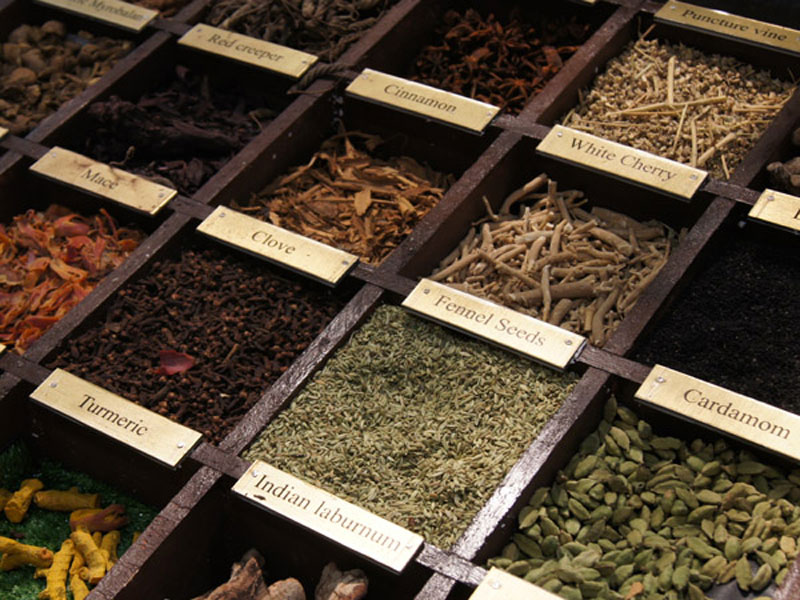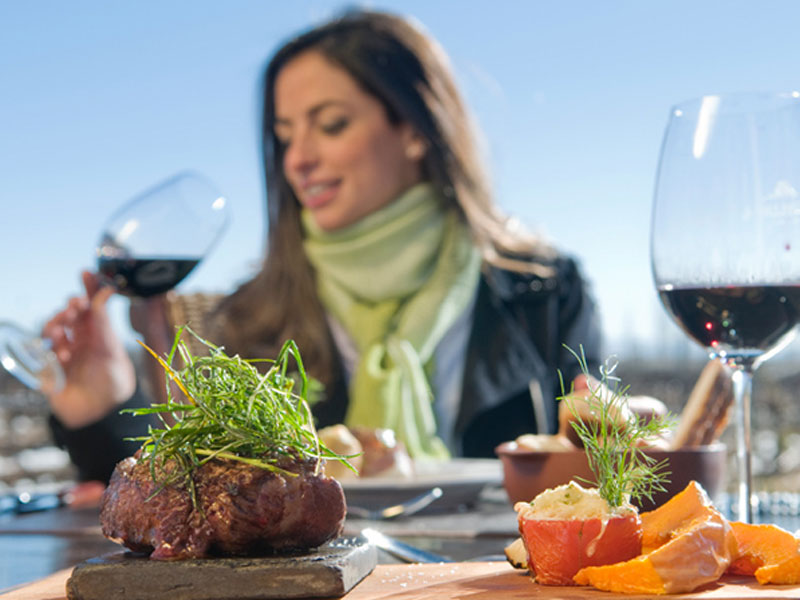There is no shortage of exotic ingredients when it comes to dining in Mexico, India and Argentina. Edibles that could be the solution to our global food future.
“Try tasty deep fried grasshoppers,” calls out Niza Lopez of Oaxaca Tourism to onlookers as they walk by the Mexico Tourism Pavilion at 8th World Culinary Travel Expo at EAT! Vancouver Festival. Tasty it is, crunchy and toasty, wings, legs, head and all – splashed with some chilli-lime seasoning.
The Oaxacan Hoppers
Mexicans call them Chapulines – a delicacy enjoyed widely in Oaxaca, the charming southern state in Mexico’s Mezcal heartland. A gourmet guerrilla would rate these delicious protein-rich critters a perfect snack down with a glass of smoky-flavoured Mezcal.
Nutritious and sustainable, they are a great solution to our food future – and are already offered in restaurant menus in San Francisco’s Don Bugitos and New York’s Toloache.
“Oaxaca is the culinary gemstone of Mexico,” says Chef Susana Trilling. The state was instrumental in contributing towards Mexico’s gastronomy being recognized as the first ethnic cuisine added to the UNESCO Intangible Cultural Heritage of Humanity list in 2010. Oaxaca de Juarez, the state capital is a UNESCO world heritage site known for its cultural, culinary and artisanal richness.
From traditional, pre-hispanic to fusion cuisines, Oaxaca is globally recognized for its delicious and diverse gastronomy, and its vast selection of agaves used for the production of the country’s mystical beverage, Mezcal. To appreciate the amazing cuisine, visit the colourful markets like Juarez – and villages where local inhabitants still cook meals from the days of the Zapotec civilization dating back 500 B.C.
Indian Spices and Ayurveda
Down the show aisle, fragrant spices permeate the air. Cloves, cinnamon, cumin, assorted spices and herbs attractively displayed on a tray at the India booth.
Indians have been using spices as far back as 7,000 years or more in their Ayurvedic traditional medical practice, and gastronomy.
It was the lure of these valuable commodities that brought many foreigners to her shores. Kochi (formerly known as Cochin) City in India’s exotic southern state of Kerala was the hub for the Indian spice trade in the 14th century, thanks in part to its strategic location on the Malabar Coast.
Today, Kerala continues to be popular for its spices in addition to its exquisite cuisine and Ayurvedic clinics and spas.

There is no shortage when it comes to recipes in the world’s second largest populated country.
A gourmet traveller can eat all year round in India and not have the same recipe twice.
Pointing to the spices, Anil Oraw of India Tourism says, “Learning Indian cooking goes beyond culinary schools. Many authentic cooking is taught in private homes by the senior lady of the household who even have their own spice section within the home.” India is a big and diverse country, he recommends first time travellers to join an organized tour to maximize their travel experiences.
Malbec and Empanadas of the Great Pampas
Mention the name, Malbec, the first country that comes to mind is Argentina. Why so when the grape has historical roots in South Western France? Simple, the world’s largest Malbec producer was successful in cultivating and making Malbec a global brand.
Mendoza, the heart of the Argentine wine industry is the country’s main producer.
This intense colour red wine pairs well with a good Pampas steak, game and spicy dishes. “Argentina is the largest wine country in South America. There are more than 200 wineries open for public tasting,” says Sebastian de Miguel of the National Institute of Tourism Promotion.
For Argentines, their cuisine reflects their European, Indigenous and Criollo history. Wine and gastronomy dot the country’s scenic landscape – from Patagonia to the Great Pampas.
At the Argentina Pavilion, Chef Juan Bochenski gave a tour of his native land through his deliciously prepared Argentine signature dishes like Tucuman Empanada, Bife Asado, and Chipas Bread -Gluten Free. His beef empanadas are so scrumptious they bring to mind the flavourful heritage of the vivacious, and warm people of the Great Pampas.

For customized gastronomy tours to Argentina, contact Sandra Sallovitz of Destinos Enterprises at info@destinosenterprises.com. Sallovitz is a walking Argentina travel encyclopaedia with an infectious passion for her beautiful native country.
Destinos Enterprises specializes in destination management and custom design tours for the travel trade and media to Latin American destinations.








































